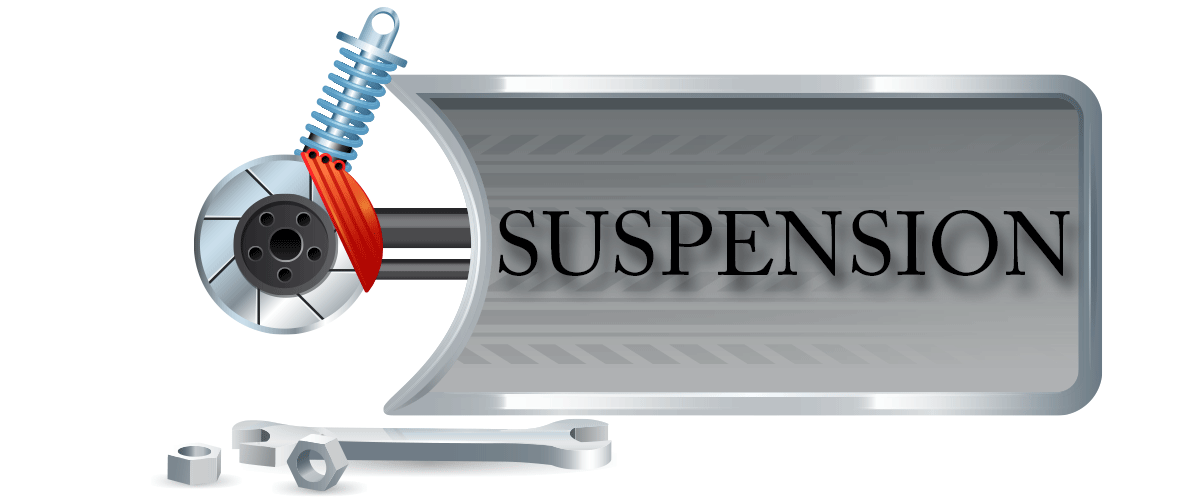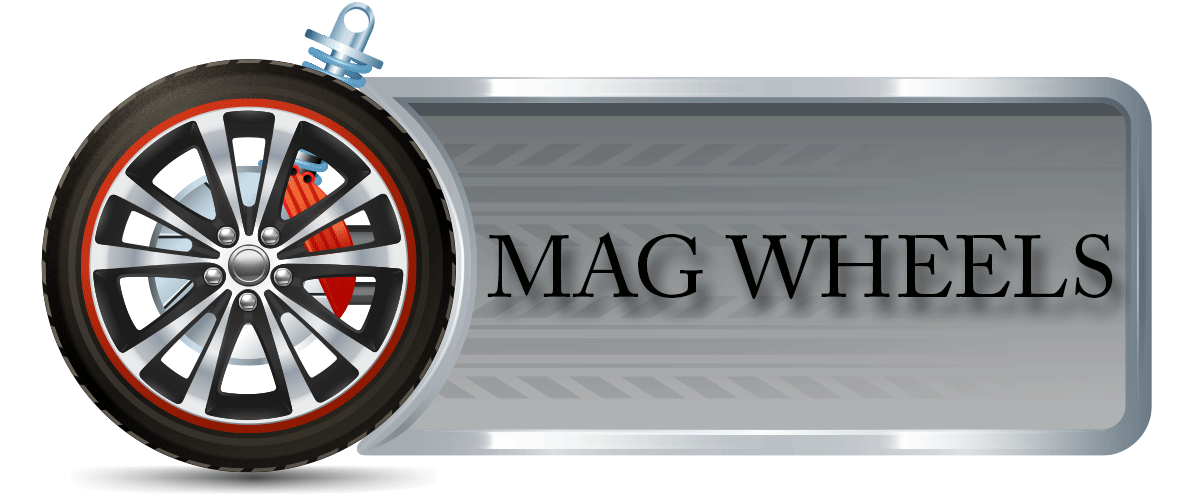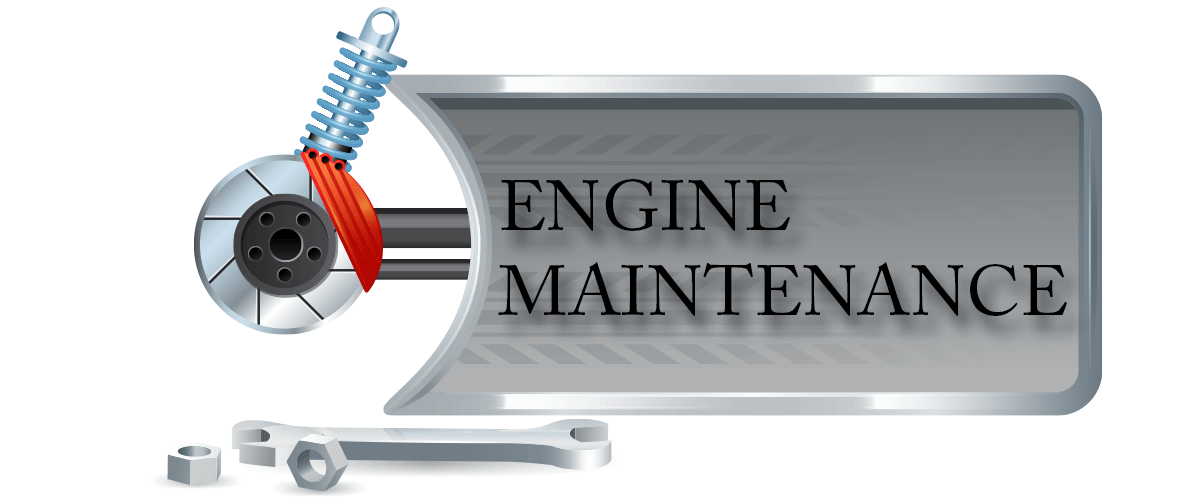Tyres

- Puncture Repair
- Tyre Rotation
- Tyre Checks
- Tyres Sales
- Tyre Fitment
- Wheel Balancing
Suspension

- Wheel Alignment
- Shock Supply and Fitment
- Suspension service and maintenance
Safety

- Test and Repair Brakes. Replace Brake Disc and Pads
- Shocks Test and Replace
- Multi point Safety checks carried
Mag Wheels

Mag Wheels - Alloy wheels are made of an alloy of light metals, namely aluminium, nickel, magnesium, or a combination of these metals. They offer performance advantages over steel wheels, as they are often several pounds lighter per wheel - less weight means quicker acceleration and faster stopping.
By choosing to fit alloy wheels to your car you will open up the possibilities for fitting wider tyres and tyres with a lower profile.
There are a few benefits to using these types of tyres. They will improve the steering 'feel', steering will also be more responsive and there will be less camber distortion while cornering, they have a lower rolling resistance which will help acceleration and fuel consumption, there will be improved side wall stability under braking and they will allow for the fitting of larger brakes.
Some factors to remember before buying a set of wheels
DIAMETER
First is the most obvious – wheel size. This should match your existing rim unless, of course, you want to go bigger. If this is your aim, get some expert advice first. Your tyres will probably need a smaller aspect ratio (lower profile) to keep the overall tyre diameter the same. Be prepared to put up with a much firmer ride.
WIDTH
Apart from the appearance of alloys, increased width of tyres is what buyers most would want to increase to give their vehicles that “race car” look and improve grip.
PCD
Next is the PCD (pitch circle diameter) of the bolts. Naturally your studs or bolts must fit perfectly through the holes of the new wheels, so as to match the original rims’ specification. This figure is the distance from the centre of wheel to the line that runs through the centre of all the studs.
SPIGOT
Another aspect that cannot be changed is size of the spigot hole. This locates the rim on the hub. If the hole is bigger, you will need a spacer to take up the gap. The wheel studs are supposed to locate the wheel, not take all the stresses of static and dynamic loading.
OFFSET
This is the distance between the mounting point of the wheel to the hub and the centre line of the tyre. An increased offset has a similar effect to adding spacers between the hub and the wheel. Be mindful that bending stresses will increase and you might cause your tyres to foul your vehicle’s wheel arches.
Engine Maintenance

- General Service and Maintenance of engine and other mechanical parts of a moto vehicle
- Minor Engine Repairs and changing of parts